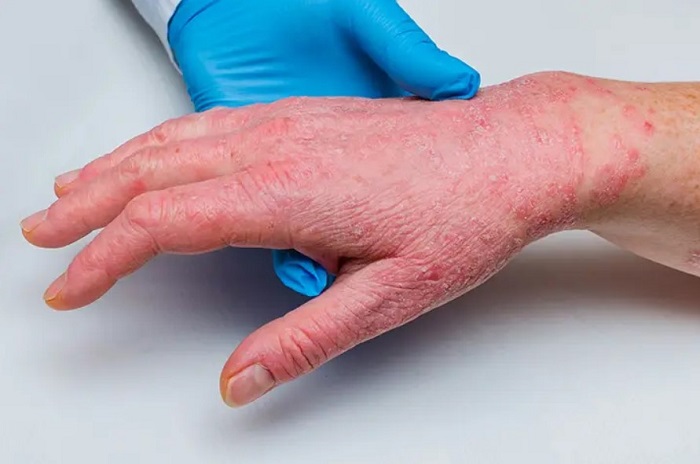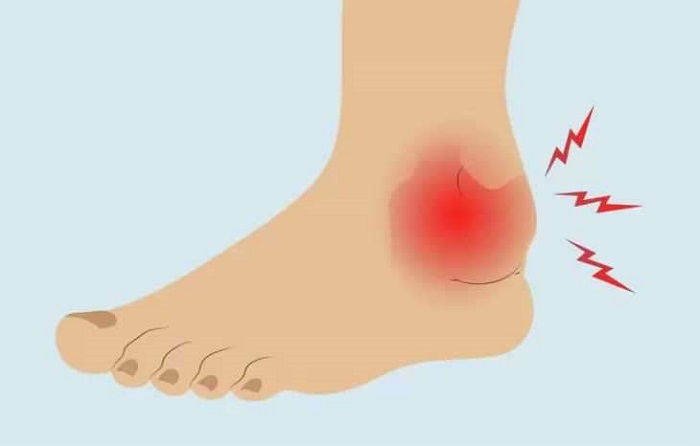Many people suffer from joint pain, and it’s easy to take it for granted by thinking of it as just another aspect of everyday life. The only way to treat a painful joint is to find out what’s causing it in the first place. Depending on the cause of your pain, you have various therapy options. It’s easier to deal with the issue if you understand why it’s happening.
Injuries, infections, arthritis, fibromyalgia, and hypothyroidism can all cause joint discomfort and aches. However, this can be alleviated by identifying the warning signs of joint pain that could signal a more serious underlying problem. The sooner you identify the symptoms, the sooner you can get help from your doctor.
What to watch out for, and what can painful joints tell you?
Advertisement
A lot may be learned about the underlying cause of joint pain by observing the accompanying symptoms. Consider the location of the ache, such as your shoulder, ankle, or knee. You may notice a limp, a locking of the joints, or a reduced range of motion.
In addition, you may notice or experience the following around your joints:
- Stiffness
- Swelling
- Redness
- Warmth
- Tenderness
- Weakness
Joint pain affects millions of people worldwide, and it can be severe at times. To lead a happy life free of annoying joint pains and body aches, you must first identify the root source of your problems. Getting a diagnosis is critical, and part of getting a diagnosis is figuring out what the symptoms are.

Img Src: precisionpaincarerehab.com
1 The pain shifts from joint to joint
Advertisement
Lupus, a chronic autoimmune condition, can cause joint pain to spread from one joint to another. In most cases, you’ll feel pain on one side of your body when you have this condition. The discomfort is usually short-lived, but it might spread throughout your body as you go about your daily activities. If you suspect that you have lupus, you need to consult a doctor immediately.

Img Src: cliqafriq.com
2 Besides being painful your joints start swelling and becoming stiff
Advertisement
Psoriatic arthritis is characterized by swelling, stiffness, and pain in the joints. Psoriasis, a skin disorder characterized by red, itchy, and scaly spots, is also likely to develop. About 30% of persons with psoriasis are diagnosed with psoriatic arthritis, an autoimmune illness. This is one reason why you should check for stiffness and swelling when you notice signs of joint pain anywhere in your body.

Img Src: medpagetoday.net
3 Your knee, ankle, and big toe become warm, red, or swollen
Advertisement
Swelling or inflammation, redness, and unusual warmth in your big toe, ankle, and knee joints may be signs of joint pain indicating something more serious. Inflammatory arthritis, known as gout, can cause red, hot, or swollen regions in the joints. People with high uric acid levels in their blood are affected by it.
As uric acid levels rise, crystals begin to develop in the joints. Inflammation and excruciating pain result from your immune system’s attempt to eradicate the crystals. It usually only affects one joint, but the pain and burning are intense and come on suddenly.

Img Src: draminjavaheri.ir